Home>Storage Ideas>Living Room Storage>How To Clean Leather Furniture To Keep It Looking Its Best
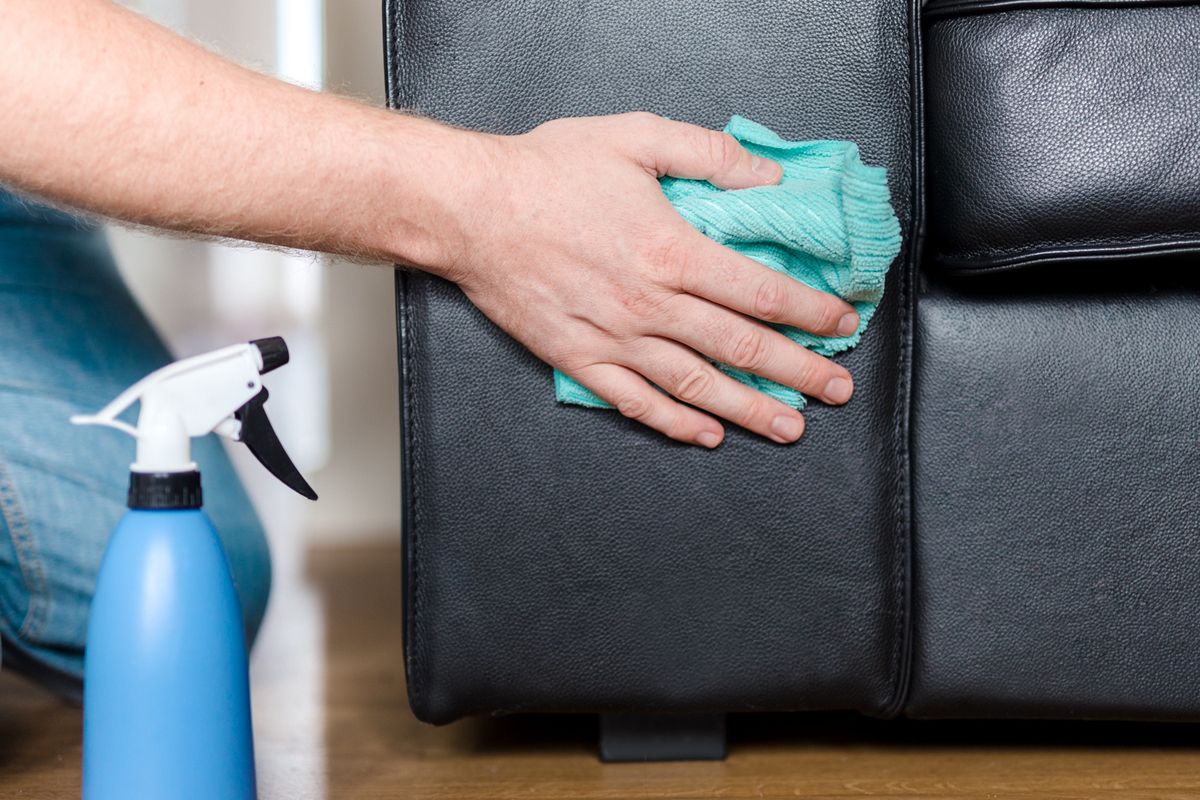

Living Room Storage
How To Clean Leather Furniture To Keep It Looking Its Best
Modified: December 7, 2023
Learn the best techniques for cleaning leather furniture in your living room. Keep your leather looking its best with these expert tips and tricks.
(Many of the links in this article redirect to a specific reviewed product. Your purchase of these products through affiliate links helps to generate commission for Storables.com, at no extra cost. Learn more)
Introduction
Welcome to our comprehensive guide on how to clean leather furniture to keep it looking its best. Leather furniture adds a touch of elegance and sophistication to any living room, but it requires regular care and maintenance to preserve its beauty and extend its lifespan. Whether you have a luxurious leather sofa, a comfortable recliner, or stylish leather armchairs, this article will provide you with all the information you need to properly clean and maintain your leather furniture.
Investing in leather furniture is a long-term commitment, and it’s important to understand how to properly care for it. Regular cleaning and maintenance not only keep your leather furniture looking pristine but also prevent premature deterioration and damage. By following the right techniques and using the appropriate cleaning products, you can ensure that your leather furniture retains its supple texture, lustrous appearance, and inviting comfort for years to come.
Throughout this guide, we will walk you through essential steps of cleaning leather furniture, including the required materials and tools, various cleaning methods, regular maintenance tips, stain removal techniques, and how to treat and condition your leather furniture. We will also highlight common mistakes to avoid to ensure that you are taking the best possible care of your leather furniture.
So, let’s dive into the world of leather furniture care and learn how to keep your beloved pieces in top-notch condition.
Key Takeaways:
- Regular cleaning and maintenance of leather furniture is essential to preserve its appearance, softness, and durability, preventing stains, discoloration, and premature aging.
- Avoid common mistakes such as using harsh cleaners, over-saturating the leather, and neglecting regular maintenance to ensure your leather furniture remains elegant and comfortable for years to come.
Importance of Cleaning Leather Furniture
Cleaning leather furniture is not just about maintaining its appearance; it is crucial for preserving its overall condition and extending its lifespan. Leather, being a natural material, requires special care to avoid stains, dirt buildup, and the accumulation of oils that can damage its surface. Here are some key reasons why regular cleaning is essential for your leather furniture:
- Prolongs the Life of the Leather: Regular cleaning helps remove dirt, dust, and other debris that can cause the leather to deteriorate over time. By keeping the leather clean and free from contaminants, you can prevent it from cracking, fading, or developing dry patches.
- Preserves the Softness and Suppleness: Leather is known for its luxurious feel and soft texture. However, if it is not properly cleaned and maintained, the natural oils that keep it soft can deteriorate, causing the leather to become stiff and uncomfortable. Regular cleaning and conditioning help retain the leather’s natural softness and suppleness.
- Prevents Stains and Discoloration: Leather is prone to staining, and spills can quickly become permanent if not cleaned promptly. Regular cleaning and treating the leather with appropriate products create a protective barrier against stains and discoloration, keeping your furniture looking new and pristine.
- Improves Air Quality: Over time, accumulated dust, allergens, and pet dander can get trapped in the cracks and crevices of your leather furniture. Cleaning removes these particles, improving the air quality in your home and creating a healthier environment.
- Enhances Aesthetic Appeal: Clean and well-maintained leather furniture adds elegance and sophistication to any living space. By regularly cleaning your furniture, you can maximize its visual appeal and create a welcoming atmosphere in your home.
By understanding the importance of cleaning leather furniture, you can ensure that you are taking the necessary steps to protect your investment and enjoy your beautiful leather pieces for many years to come. In the next section, we will discuss the materials and tools you will need to effectively clean your leather furniture.
Required Materials and Tools
Before you begin cleaning your leather furniture, it is important to gather the necessary materials and tools to ensure an effective and safe cleaning process. Here is a list of items you will need:
- Mild Leather Cleaner: Choose a high-quality, pH-neutral leather cleaner specifically designed for your type of leather. Avoid harsh chemicals or abrasive cleaners, as they can damage the leather.
- Soft Microfiber Cloth: Use a soft, lint-free microfiber cloth to prevent scratching or marring the leather surface.
- Leather Conditioning Cream or Oil: After cleaning, you will need a suitable leather conditioning cream or oil to moisturize and nourish the leather, keeping it soft and supple.
- Distilled Water: Distilled water is preferred for cleaning leather as it lacks impurities that can leave residue or stains on the leather surface.
- Buckets or Spray Bottles: Depending on the cleaning method you choose, you will need either buckets or spray bottles to dilute the leather cleaner and water mixture.
- Soft Brush: A soft-bristled brush can be used to gently scrub areas with stubborn stains or dirt buildup. Ensure that the bristles are soft to avoid scratching the leather.
- White Vinegar: White vinegar is an effective natural cleaner for tackling tough stains or unpleasant odors on leather. Dilute it with water before use.
- Blotting Cloths or Paper Towels: Have absorbent cloths or paper towels on hand to blot spills or remove excess moisture during the cleaning process.
- Optional: Leather Protector: If you want extra protection for your leather furniture, consider using a leather protector spray or cream to create a barrier against stains and spills.
Having these materials and tools readily available will make the cleaning process more efficient and ensure that you can properly care for your leather furniture. Now that you are prepared, let’s move on to the next section, which covers the steps involved in preparing your leather furniture for cleaning.
Preparing the Leather Furniture for Cleaning
Before you begin cleaning your leather furniture, it’s important to properly prepare the surface to ensure the best results. Here are the steps to follow:
- Remove Loose Debris: Start by removing any loose debris, such as crumbs or dust, from the surface of the furniture. Use a soft brush or vacuum cleaner with a brush attachment to gently sweep away the debris, paying attention to the crevices and corners where dirt may accumulate.
- Check for Colorfastness: Before applying any cleaning products, it’s crucial to test a small, inconspicuous area of the furniture for colorfastness. Apply a small amount of the cleaner to an unseen part of the leather and gently rub with a clean cloth. If there is no discoloration or damage, it is safe to proceed with cleaning the rest of the furniture.
- Dust and Wipe Down: Using a soft, dry microfiber cloth, gently dust the entire surface of the furniture to ensure that it is free from loose particles. Lightly wipe down the leather to remove any remaining dirt or dust, being cautious not to apply too much pressure.
- Pre-Treat Stains: If you notice any stains or spots on the leather, pre-treat them before cleaning the entire surface. Follow the instructions provided by the manufacturer of the leather cleaner or use a suitable stain remover specifically designed for your type of leather. Allow the stain remover to penetrate the stain for the recommended amount of time, then gently blot the area with a clean cloth to lift the stain.
By properly preparing your leather furniture before cleaning, you can ensure that you have a clean and clear surface to work with. This will allow the cleaning products to be more effective and prevent further spreading or embedding of dirt and stains. Once your furniture is prepared, you can move on to selecting the appropriate cleaning method, which we will discuss in the next section.
Cleaning Methods for Leather Furniture
When it comes to cleaning leather furniture, it’s important to choose the appropriate method based on the type of leather and the level of dirt or stains. Here are the most common cleaning methods:
- Mild Soap and Water: This method is suitable for general cleaning of most types of leather. Mix a small amount of mild soap, such as liquid castile soap or dish soap, with distilled water. Dampen a soft cloth in the soapy water mixture and wring out any excess moisture. Gently wipe down the leather, being careful not to oversaturate it. Use a clean, damp cloth to rinse off the soap residue, then dry the leather thoroughly with a soft towel.
- Commercial Leather Cleaner: If your leather furniture has specific cleaning instructions or if you are unsure about using soap and water, opt for a commercial leather cleaner. Apply the cleaner to a soft microfiber cloth and gently rub it onto the leather in circular motions. Follow the manufacturer’s instructions on how long to let the cleaner sit before wiping it off. Afterward, use a clean, damp cloth to remove any remaining residue, and dry the leather thoroughly.
- Vinegar and Water: A mixture of white vinegar and water can be used for deep cleaning or removing tough stains. Dilute equal parts of white vinegar and distilled water in a spray bottle. Lightly mist the mixture onto the leather, being careful not to oversaturate it. Gently wipe the leather with a soft cloth, paying extra attention to stained or soiled areas. Rinse the cloth with clean water and wipe away any remaining vinegar solution. Finally, dry the leather thoroughly with a soft towel.
It is essential to always follow the manufacturer’s recommendations and perform a spot test on an inconspicuous area of the furniture before using any cleaning method. Additionally, remember to work in small sections and avoid excessive moisture, as it can damage the leather. If you’re unsure about the appropriate cleaning method for your specific type of leather or for stubborn stains, consider consulting a professional leather cleaner.
Now that you know the different cleaning methods, it’s time to learn about regular maintenance tips to keep your leather furniture looking its best. Continue reading the next section for more information.
Use a mild soap and water solution to clean leather furniture, then apply a leather conditioner to keep it moisturized and prevent cracking. Avoid using harsh chemicals or abrasive cleaners.
Regular Maintenance Tips
To ensure that your leather furniture stays in excellent condition, regular maintenance is key. Here are some essential tips to incorporate into your routine:
- Dust Regularly: Use a soft, dry microfiber cloth to dust your leather furniture on a weekly basis. This will prevent the accumulation of dirt and debris that can cause damage over time.
- Keep Away from Direct Sunlight: Prolonged exposure to direct sunlight can cause leather to fade and dry out. Position your furniture away from windows or use curtains or blinds to protect it from harsh sunlight.
- Avoid Harsh Chemicals: Harsh chemicals, such as bleach or ammonia, can strip away the protective coatings and natural oils in the leather. Opt for gentle cleaning solutions specifically formulated for leather.
- Prevent Liquids and Food Spills: Avoid placing drinks or food directly on your leather furniture to prevent stains and spills. Use coasters, tray tables, or placemats to protect the surface.
- Rotate Cushions and Fluff: If your leather furniture has removable cushions, rotate them regularly to allow even wear. Fluff and plump the cushions to maintain their shape and prevent sagging.
- Use Leather Conditioner: Every few months, apply a leather conditioner or oil to moisturize and rejuvenate the leather. Follow the product instructions and buff the furniture with a soft cloth to restore its natural luster.
- Keep Pets and Sharp Objects Away: Minimize contact between your leather furniture and pets, as their claws can scratch or puncture the surface. Keep sharp objects, such as keys or scissors, away from the furniture to prevent accidental damage.
- Regularly Vacuum Creases and Cracks: Vacuum the creases and cracks of your leather furniture using a soft brush attachment to remove any trapped dust or debris. This will prevent these areas from becoming sources of dirt accumulation.
By incorporating these regular maintenance tips into your routine, you can keep your leather furniture looking its best and ensure it lasts for years to come. However, accidents happen, and stains may occur. In the next section, we will discuss how to effectively remove stains from your leather furniture.
Removing Stains from Leather Furniture
Accidental spills and stains are common occurrences, but they don’t have to leave a lasting mark on your leather furniture. Here are some effective methods for removing common stains:
- Ink Stains: To remove ink stains, dab a cotton swab or soft cloth in rubbing alcohol and gently rub the stained area. Be careful not to rub too vigorously to avoid damaging the leather. Once the stain is lifted, clean the area with a mild soap and water solution, then dry with a soft cloth.
- Grease and Oil Stains: For grease or oil stains, sprinkle cornstarch or talcum powder over the affected area and let it sit for a few hours. This will help absorb the oil. Gently brush away the powder, then clean the area with a leather cleaner. Repeat if necessary.
- Food and Beverage Stains: Blot the stain immediately with a clean cloth or paper towel to absorb as much of the liquid as possible. Avoid rubbing, as it can spread the stain. Clean the area with a mild soap and water solution, then dry thoroughly. For stubborn stains, you can use a leather stain remover according to the manufacturer’s instructions.
- Blood Stains: Act quickly and use a damp cloth to blot the bloodstain. Avoid using hot water as it can set the stain. Clean the area with a mixture of mild soap and water. If the stain persists, consult a professional leather cleaner.
- Water Stains: If your leather furniture has water stains, gently dab the stained area with a clean, slightly damp cloth to evenly distribute the moisture. Let the leather air dry naturally, away from heat sources. Once dry, apply a leather conditioner to restore moisture and prevent further drying.
- Mold and Mildew: If you discover mold or mildew on your leather furniture, it’s important to address it immediately. Mix equal parts of rubbing alcohol and water and wipe the affected area with a clean cloth. Dry the leather thoroughly and use a leather conditioner to restore its texture and moisture.
Remember, it’s crucial to test any stain-removal method on an unseen area of the furniture before applying it to the stain directly. If you’re unsure or dealing with stubborn stains, it’s always best to consult a professional leather cleaner for guidance and assistance.
Next, let’s explore how to treat and condition your leather furniture to keep it looking and feeling its best.
Treating and Conditioning Leather Furniture
Treating and conditioning your leather furniture is essential to maintain its beauty, durability, and longevity. Proper treatment and conditioning help replenish the moisture that leather can lose over time and protect it from drying out or developing cracks. Here’s how you can effectively treat and condition your leather furniture:
- Clean the Leather: Before applying any treatment or conditioner, make sure the leather is clean and free from dust and stains. Use a mild leather cleaner to gently remove any dirt or grime, following the instructions provided.
- Choose the Right Conditioner: Select a high-quality leather conditioner specifically formulated for your type of leather. Look for one that contains natural ingredients and avoids harmful chemicals that can damage or discolor the leather.
- Apply the Conditioner: Use a soft, clean cloth or sponge to apply the conditioner. Begin by rubbing a small amount of conditioner onto the leather in a circular motion, focusing on one section at a time. Ensure that the conditioner is evenly distributed, but avoid over-saturating the leather.
- Allow Absorption Time: Let the conditioner sit on the leather for the recommended amount of time as stated in the product instructions. This allows the leather to absorb the conditioner and retain its moisture. Excessive heat or sunlight should be avoided during this process.
- Buff and Polish: After the absorption time, use a clean, dry cloth to gently buff the leather. This helps to remove any excess conditioner and gives the leather a lustrous shine. Continue buffing until the surface feels smooth and supple.
- Repeat Regularly: Depending on the condition of your leather furniture and the recommendations of the manufacturer, it’s advisable to treat and condition your furniture every 6 to 12 months. Regular application of conditioner helps to keep the leather soft, flexible, and protected.
By following these steps, your leather furniture will stay nourished, supple, and resistant to cracks or drying. It’s important to note that different types of leather require different care, so always refer to the manufacturer’s guidelines or consult a professional if you have any doubts or concerns.
Now that you know how to effectively treat and condition your leather furniture, let’s discuss some common mistakes to avoid for proper leather furniture care.
Common Mistakes to Avoid
While taking care of your leather furniture, it’s important to avoid certain common mistakes that can potentially damage or degrade the quality of the leather. Here are some key mistakes to steer clear of:
- Using Harsh Cleaners: Avoid using harsh chemicals, such as bleach, ammonia, or abrasive cleaners on your leather furniture. These can strip away the natural oils, cause discoloration, or even lead to cracking or peeling.
- Over-Saturating the Leather: Excessive moisture can damage leather, so always use minimal water or cleaner when cleaning. Overloading the leather with liquids can lead to water stains, discoloration, and even mold or mildew growth.
- Skipping Regular Cleaning: Neglecting to clean your leather furniture regularly can allow dirt and oils to build up over time, leading to accelerated wear and tear. Make sure to follow a consistent cleaning schedule to maintain the quality and appearance of the leather.
- Not Testing Cleaners and Conditioners: It’s essential to test any cleaning or conditioning products on an inconspicuous area of your furniture before applying them to the entire surface. This will help you ensure that the product does not cause any unwanted damage or discoloration.
- Direct Sunlight Exposure: Leather is susceptible to fading and drying out when exposed to direct sunlight for prolonged periods. Avoid placing your furniture in areas where it will be exposed to direct sunlight, or use curtains or blinds to protect it.
- Ignoring Stains: Promptly address spills and stains on your leather furniture. Allowing stains to set or ignoring them can make them more challenging to remove later. Be proactive in treating stains as soon as they occur to prevent long-term damage.
- Using Incorrect Conditioners: Different types of leather require specific conditioners. Using the wrong conditioner can damage the leather or leave a sticky residue. Always use a conditioner formulated for your type of leather or seek professional advice.
- Using Rough or Abrasive Materials: Avoid using rough or abrasive materials, such as scrub brushes or abrasive sponges, when cleaning or conditioning your leather furniture. These can scratch or damage the leather surface.
- Neglecting Regular Maintenance: Leather furniture requires regular maintenance to stay in good condition. Neglecting proper care, such as routine cleaning and conditioning, can result in premature aging, cracking, and loss of luster.
By avoiding these common mistakes, you can ensure that your leather furniture remains in excellent condition, retains its beauty, and lasts for many years to come. Now, let’s wrap up with a summary of what we’ve discussed.
Read more: How Clean Leather Furniture
Conclusion
Cleaning and maintaining leather furniture doesn’t have to be a daunting task. With the right approach and proper care, you can keep your leather furniture looking its best and enjoy its durability and comfort for years to come. By following the tips and techniques outlined in this guide, you can effectively clean, treat, and condition your leather furniture.
Regular maintenance, such as dusting, proper cleaning, and using suitable conditioners, is vital for preserving the appearance and durability of your leather furniture. Avoiding common mistakes, such as using harsh chemicals or over-saturating the leather, is essential to prevent unnecessary damage.
Remember to choose the right cleaning method based on your type of leather and the level of dirt or stains. Perform spot tests before applying any cleaning products or conditioners to the entire surface. When it comes to treating and conditioning your leather furniture, use high-quality products and follow the manufacturer’s instructions.
Lastly, incorporate regular maintenance into your routine to keep your leather furniture in optimal condition. Dust regularly, protect it from direct sunlight, and address stains promptly. By following these guidelines, you can ensure that your leather furniture retains its elegance, comfort, and longevity.
With the proper care and attention, your leather furniture will remain a centerpiece of beauty and relaxation in your living room. So, invest the time and effort to clean and maintain it regularly, and you’ll enjoy the benefits for years to come.
Frequently Asked Questions about How To Clean Leather Furniture To Keep It Looking Its Best
Was this page helpful?
At Storables.com, we guarantee accurate and reliable information. Our content, validated by Expert Board Contributors, is crafted following stringent Editorial Policies. We're committed to providing you with well-researched, expert-backed insights for all your informational needs.
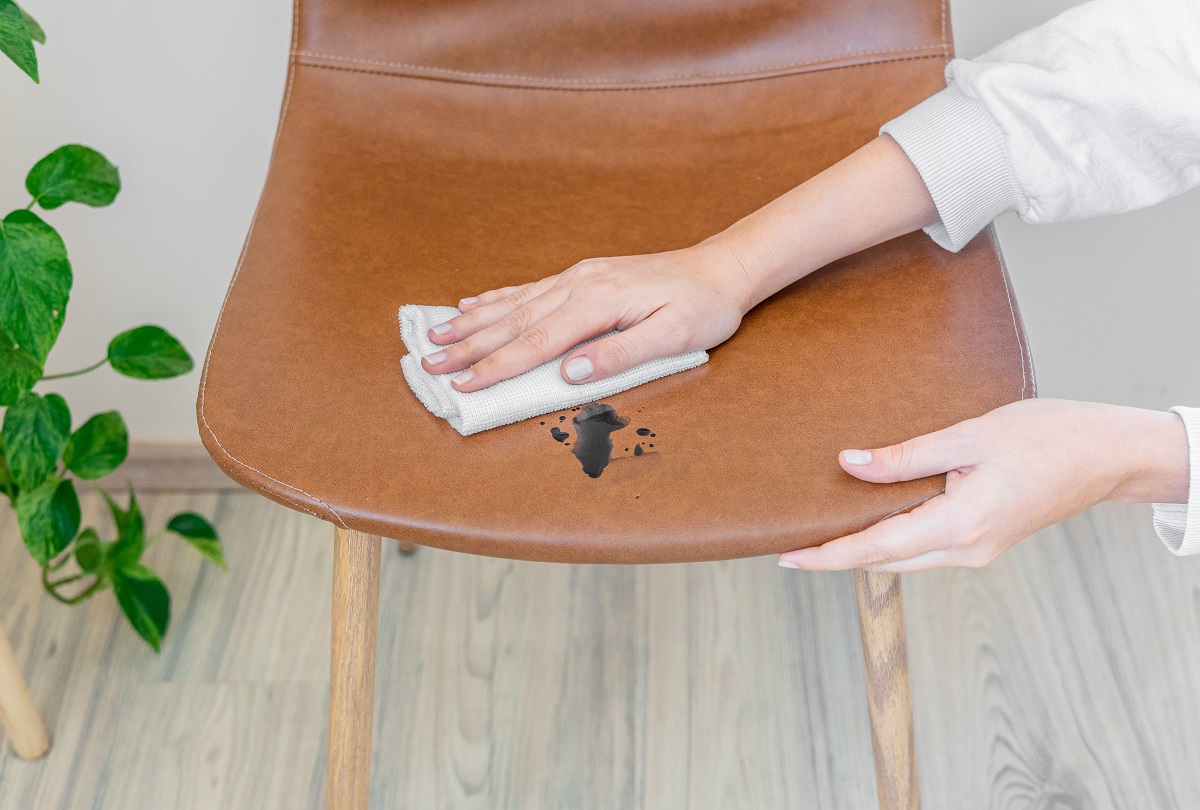
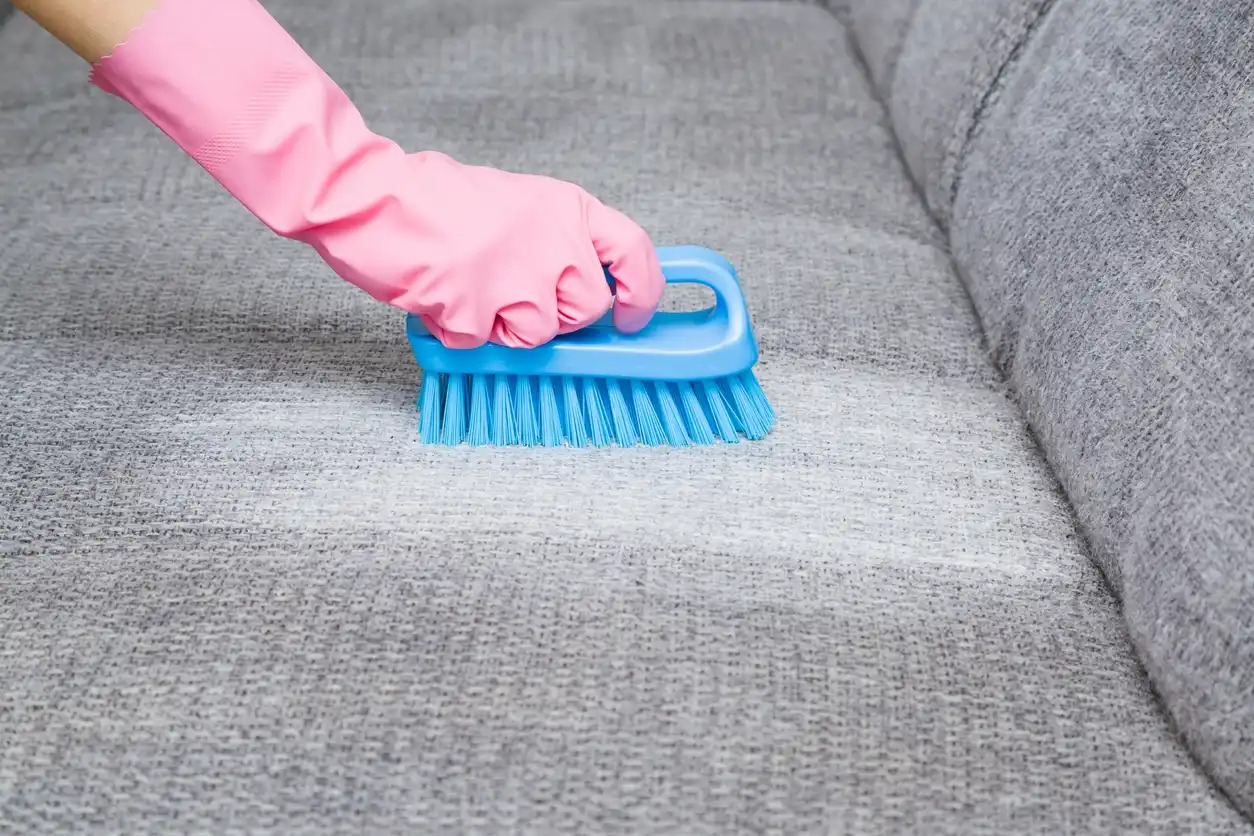
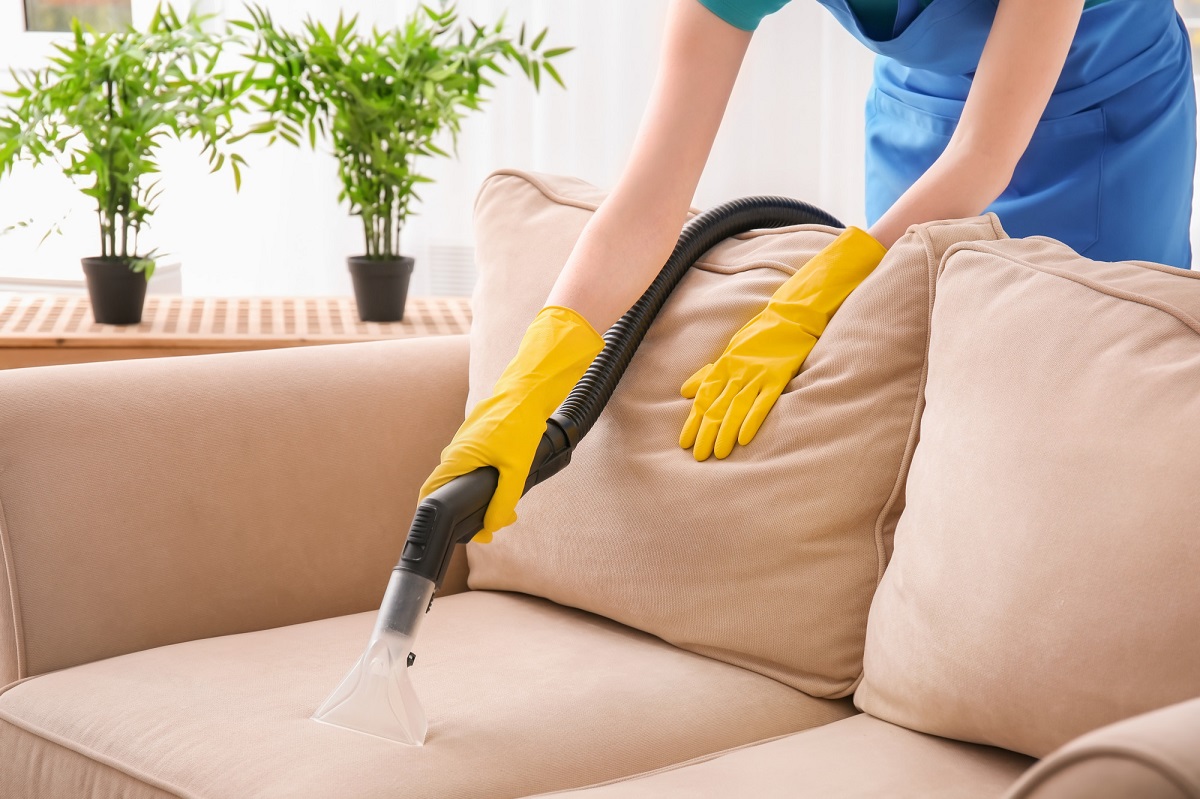

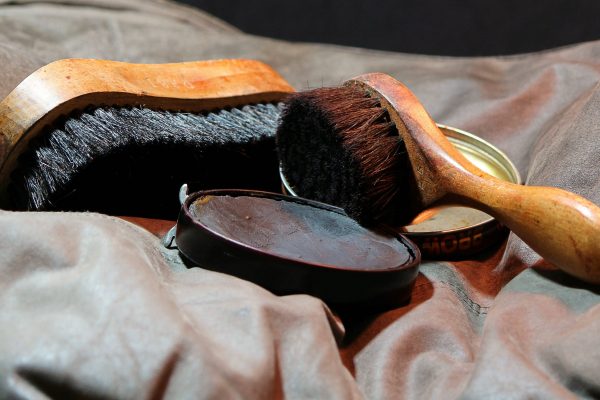
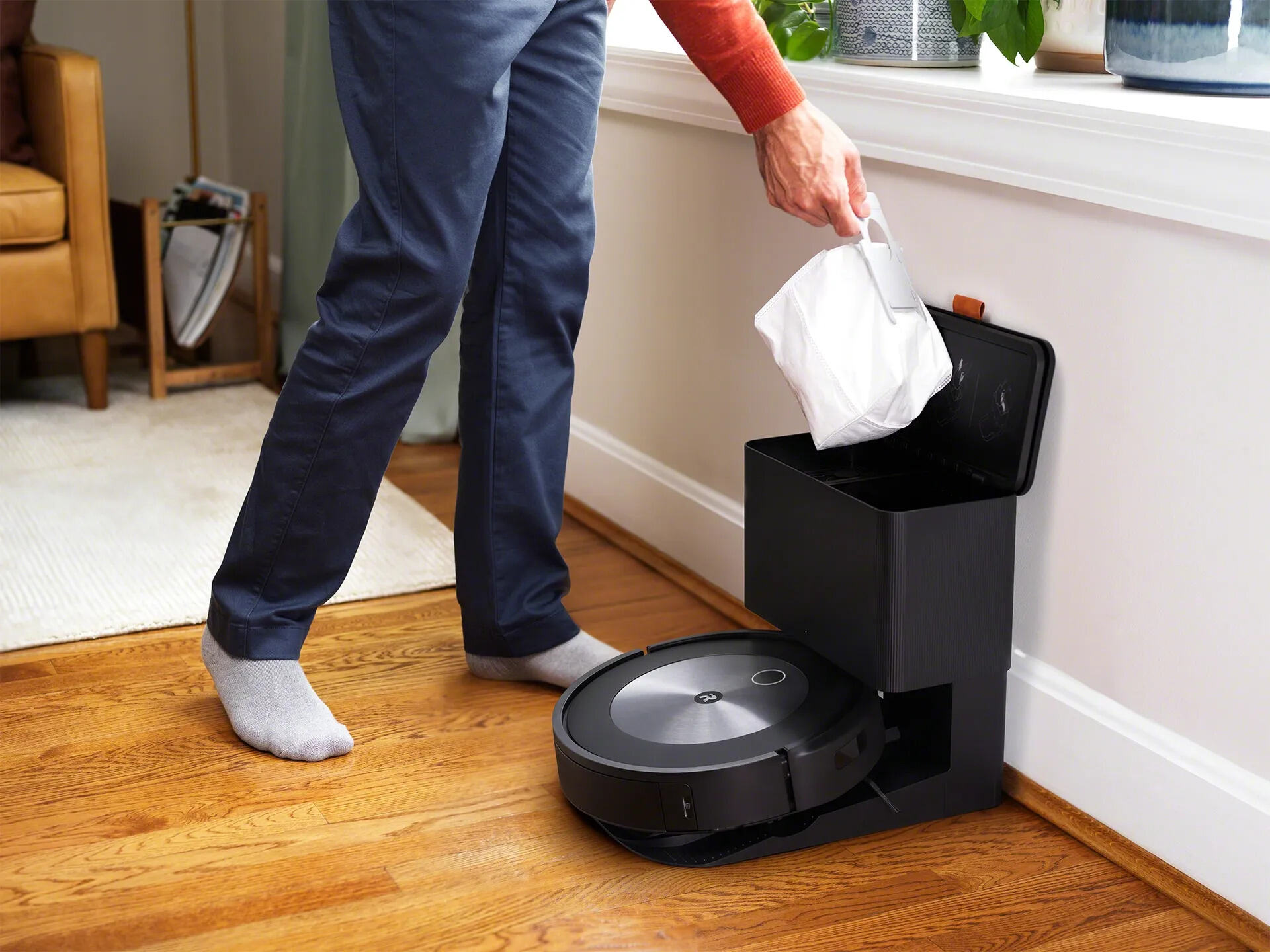
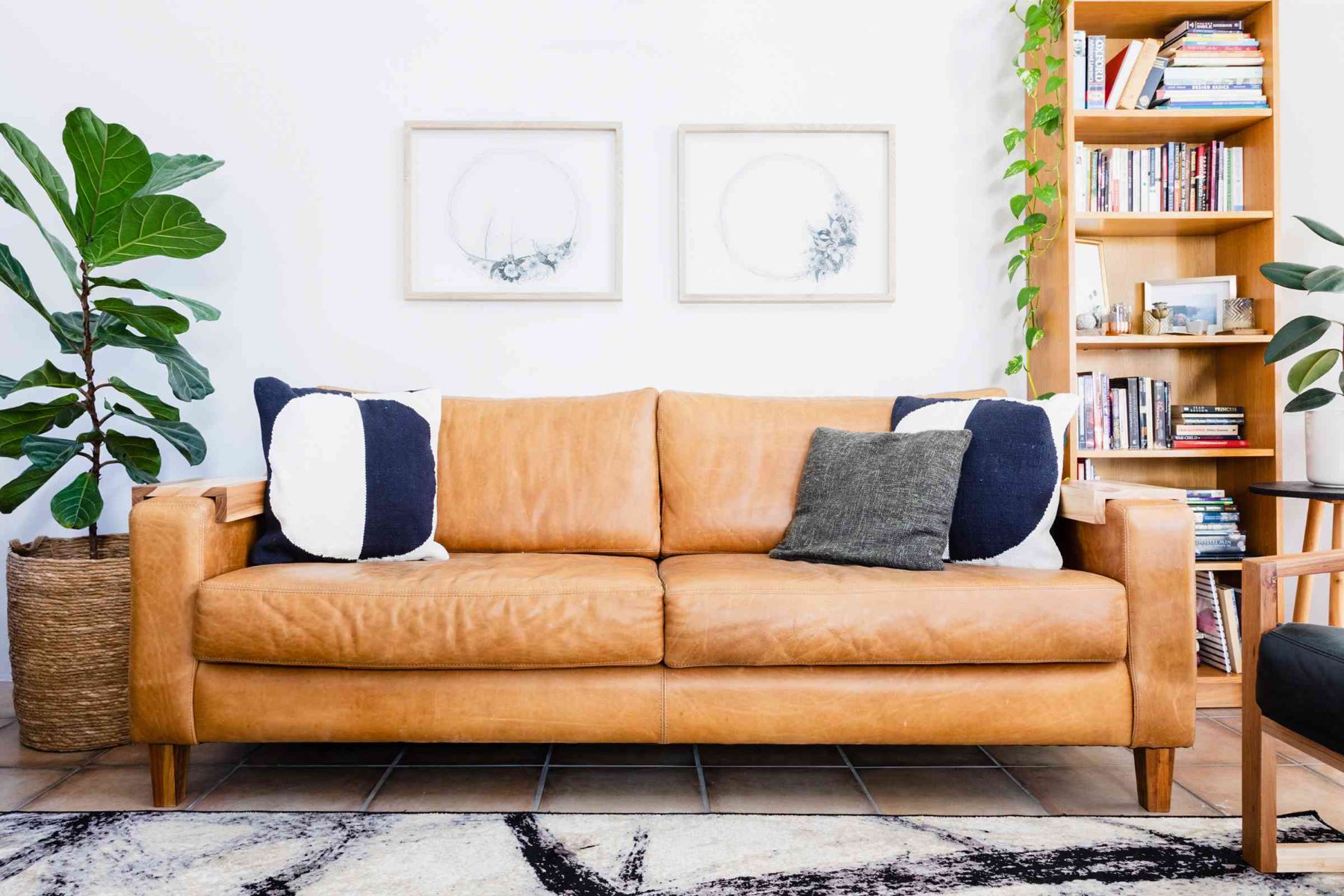
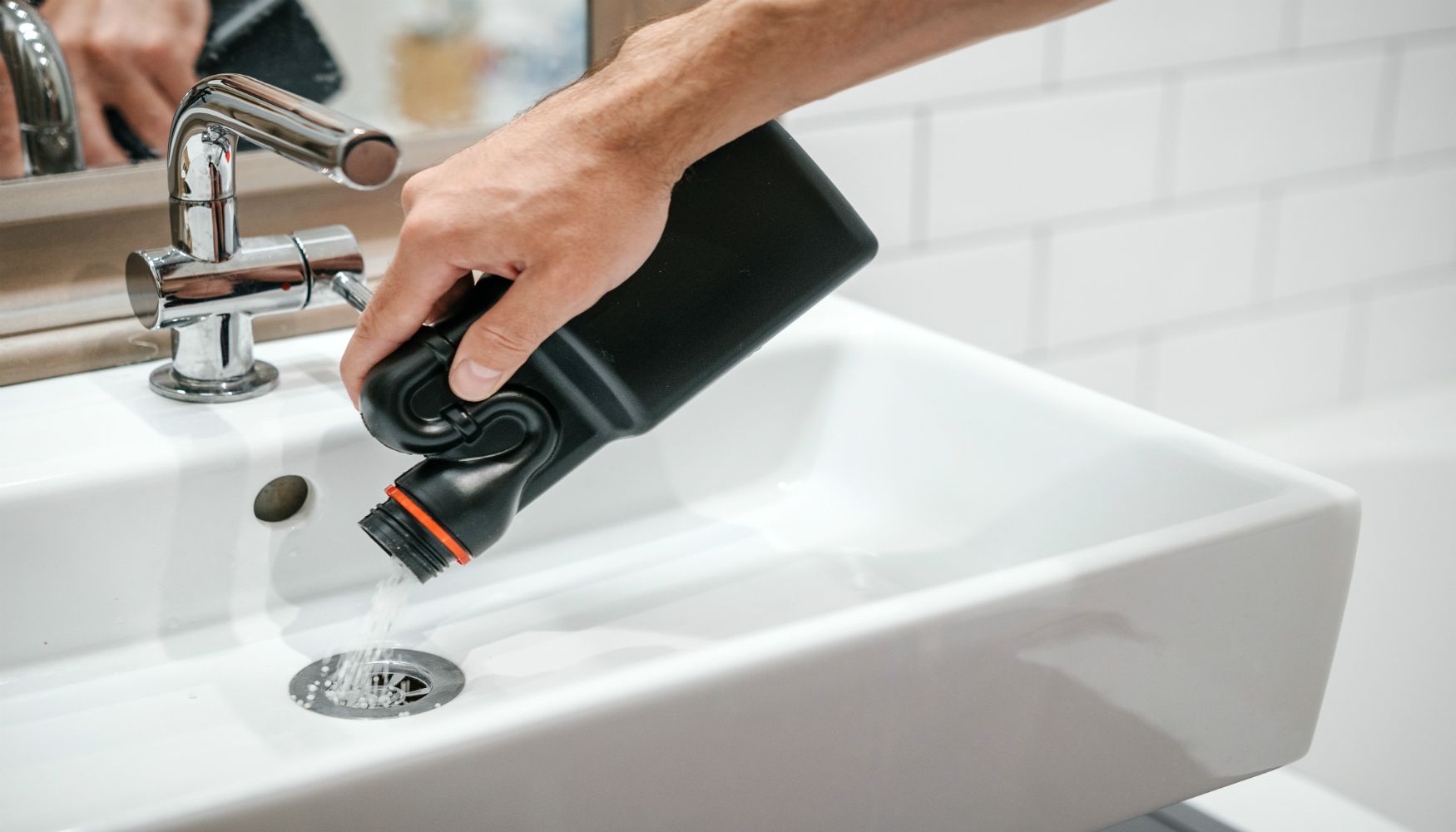
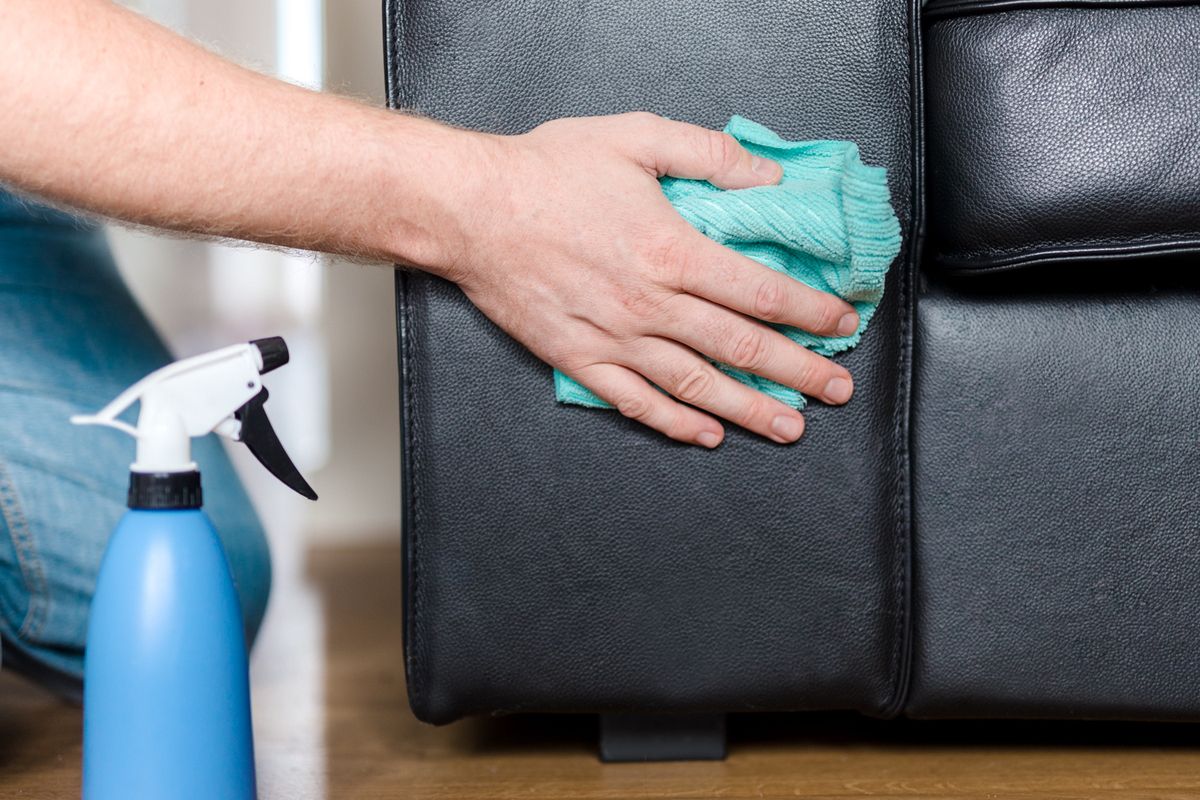

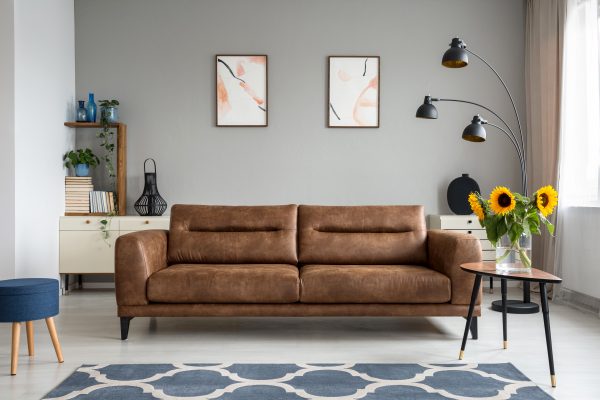
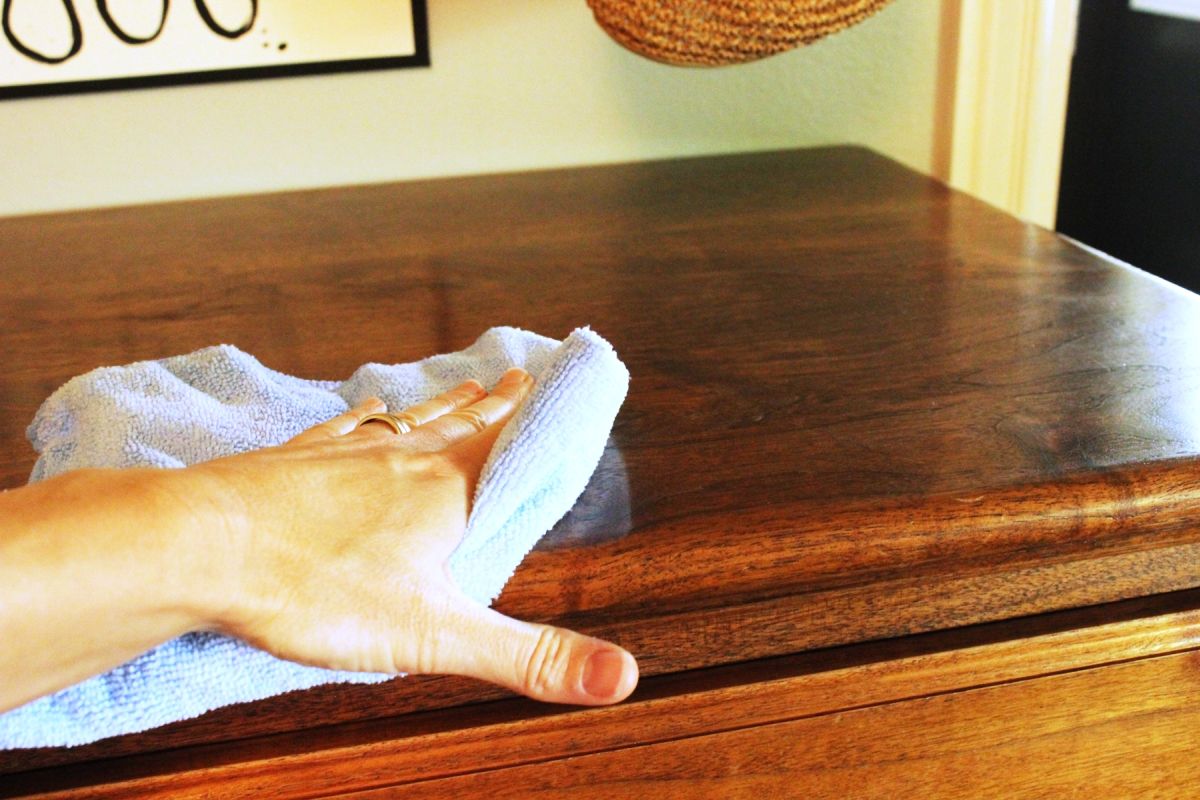
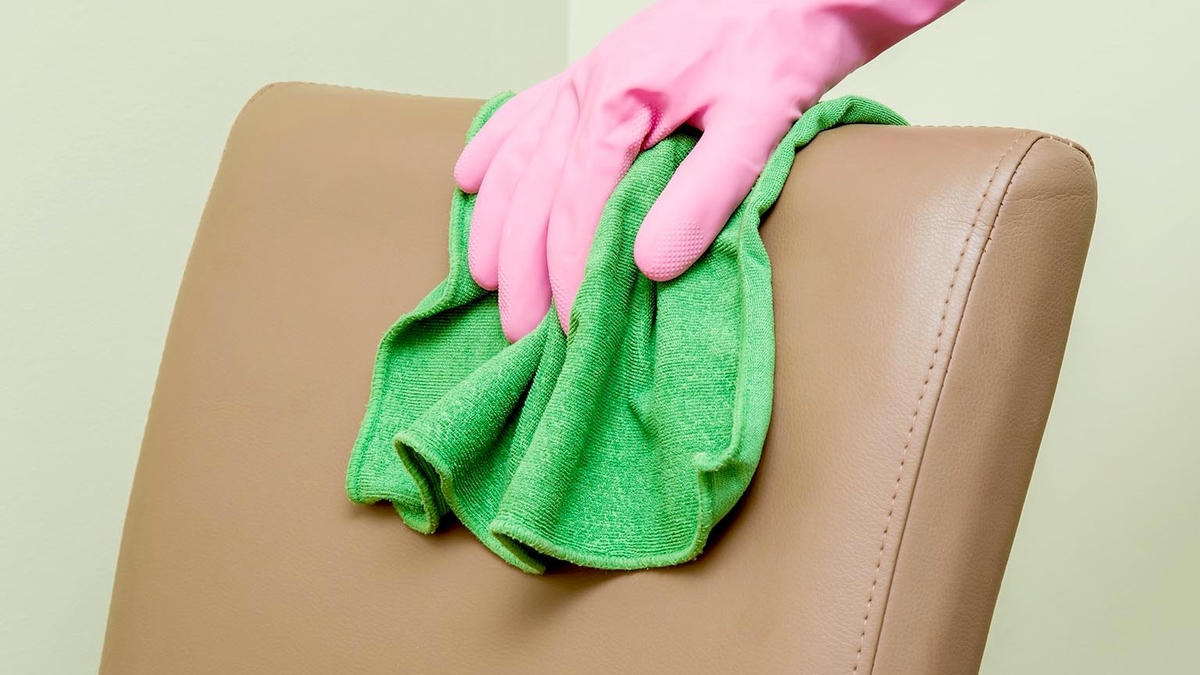

0 thoughts on “How To Clean Leather Furniture To Keep It Looking Its Best”